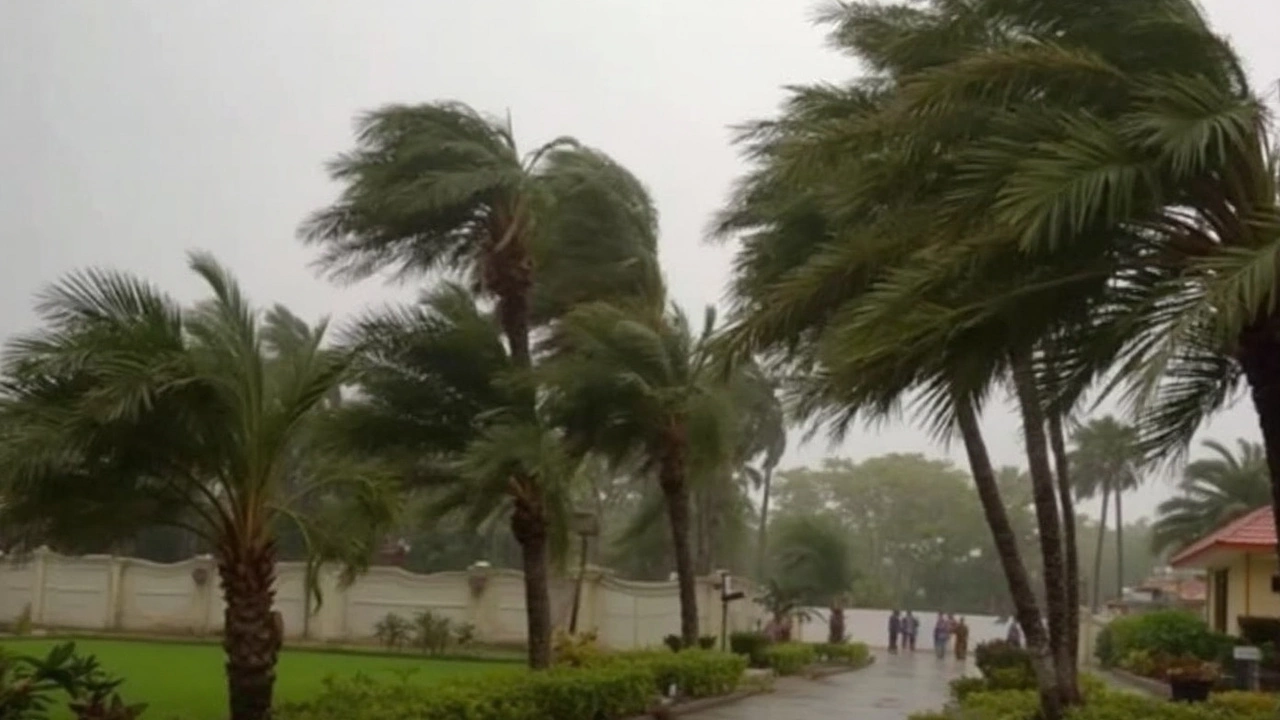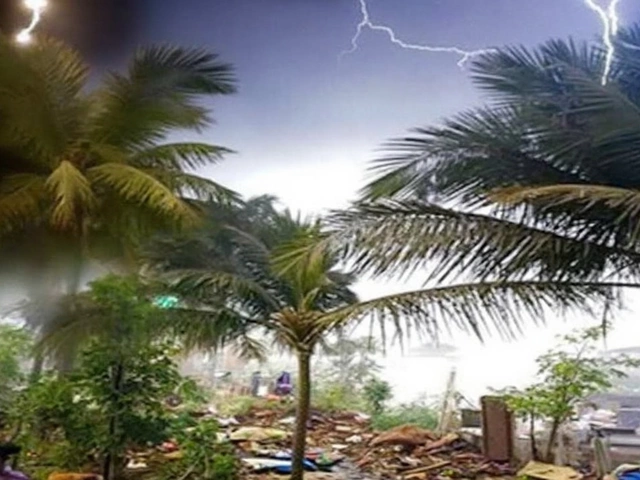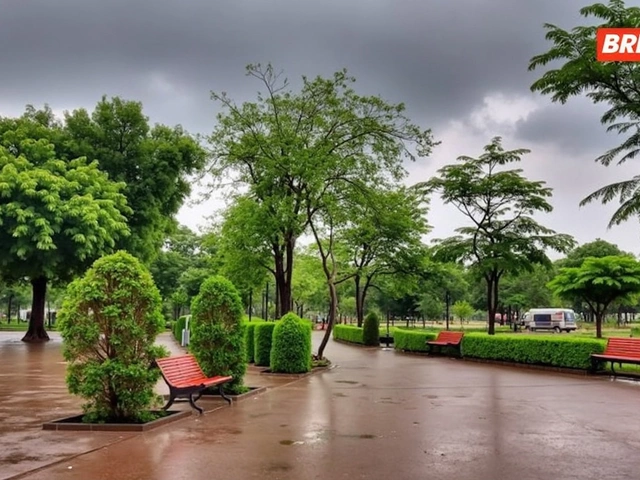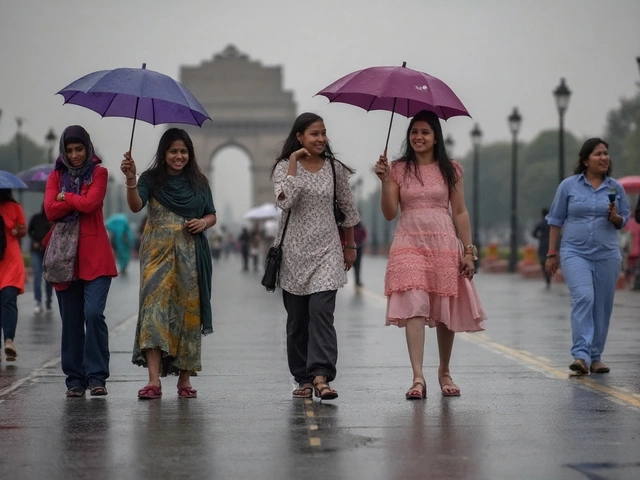Intense Heat Waves Hit Uttar Pradesh
The mercury soared across Uttar Pradesh on April 9, 2025, as scorching temperatures dominated the day's weather narrative. Daytime highs were pegged between a blistering 39°C to 41°C (102°F to 113°F), while nighttime temperatures provided little relief, hovering at a relatively warm 23°C to 27°C (75°F to 80°F). This unrelenting heat made life uncomfortable for many in the region, pushing people to seek shade and air-conditioned spaces.
The state's capital, Lucknow, felt the brunt of the heat wave, recording a daytime high of 39°C with night temperatures only dropping to a balmy 24°C. Such conditions prevailed under partly cloudy skies. Meanwhile, Ghaziabad mirrored Lucknow's weather, also experiencing a peak of 39°C during the day and a low of 23°C at night.
The India Meteorological Department (IMD) reported minimal rainfall across the state. This lack of precipitation extended across prominent areas like Varanasi and Allahabad, highlighting a dry stretch typical of this month's weather pattern. With the average monthly rainfall limited to about 5–6 mm and typically occurring over just one rainy day, it's no surprise that the state remained largely devoid of significant weather events aside from the oppressive heat.

High Temperatures Demand Caution
Experts and health officials have urged residents and tourists alike to exercise caution during such extreme weather. High levels of heat and humidity pose significant health risks, including heat exhaustion and heatstroke. The advice is simple yet vital: stay hydrated, limit direct sun exposure during peak hours, and make use of protective measures, such as wearing hats and breathable clothing.
While the sky teased with partly cloudy conditions, neither thunderstorms nor rain were on the forecast. This absence aligns with the region's April weather norm, a month recognized for its dryness and soaring temperatures. The persistence of these conditions underscores the importance of understanding and preparing for climate fluctuations as resilient and adaptable solutions become increasingly necessary.








